Non-fungible tokens (NFT) have exploded in recent weeks. With NFT art raking in startling sums of money for artists and celebrities, the NFT art phenomenon is one to watch out for. Depending on whom you ask, it could either be a new market model for supporting artists, or a speculative bubble that makes climate change irreversible.
But keeping all philosophical and ecological considerations aside for a minute, let’s take a look at what an NFT art exactly is, and why the world is in over its head with it.
What is NFT art?
The idea behind NFTs is straightforward – they are tokens or certificates of authenticity and they can be applied to just about anything under the sun – real-world items like real-estate, cars, designer sneakers, art, as well as virtual items like music, videos, virtual land, in-game currency and items, and, well, more art.
NFTs are stored on a publically accessible blockchain network, much like the cryptocurrencies (which are fungible) that are used to buy them.
But NFTs are different from cryptocurrencies in other ways as well, in that they cannot be destroyed, divided, or otherwise meddled with. The digital authentication and the chain of custody are built into the NFT itself allowing the transactional records to be traced back to the original creator. Of course, anyone can save the digital art onto their hard drive.
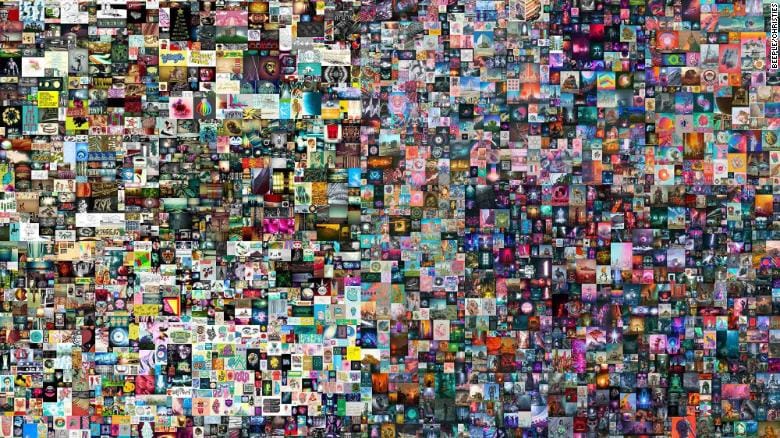
But only the person who owns it can have bragging rights. NFT files themselves don’t have the digital art pieces in them. Rather, consider them as digital smart contracts. Whoever owns a particular NFT has the certificate authenticating that s/he owns a particular digital file (with a link to the digital artwork).
Related: NFT Music Meaning: Everything You Need To Know
Some of the most expensive NFTs sold (to date)
The rise and rise of NFTs have been anything but expected. Until a few years ago, there weren’t many NFT art pieces that were sold for millions. Most users bought and sold virtual cats, trading cards, and baseball highlights a few dollars apiece. In 2020, the trading card market erupted with NFTs, and rare trading cards were going for record prices – $1.8 million for a LeBron card, and $3.25 million for a Honus Wagner card. In the last year alone, over 6000 CryptoPunks (digital characters, not unlike trading cards) have been sold for about $16,000 each.
Christie’s – an auction house – sold a digital portrait of the Bitcoin code for $130,000, making it the first NFT to be auctioned at a major auction house. Recently, they held their first-ever digital art auction, selling Mike Winkelmann’s (also known as Beeple) collection Everydays: The First 5000 Days being sold for a staggering $69 million. The animated Nyan Cat gif – a flying pop-tart cat – went for over half a million dollars in February. While the musician Grimes sold some of her digital art for over $6 million a few weeks later.
Nowadays, even NFT tweets are garnering a lot of attention as well. Twitter founder Jack Dorsey recently put up his first-ever tweet for sale, and bids have already hit $2.5 million. Even Elon Musk is putting up his tweet as an NFT.
I’m selling this song about NFTs as an NFT pic.twitter.com/B4EZLlesPx
— Elon Musk (@elonmusk) March 15, 2021
Musicians too are trying to cash in on the craze. Mike Shinoda, a member of the nu-metal band Linkin Park, was the first musician to launch a single as an NFT in February. While Kings of Leon became the first band to release a complete album as an NFT, offering additional perks such as front show seats for future concerts.
Undeniably then, NFTs are amongst the hottest trends of 2021, with overall sales jumping up from $250 million in 2020 to $389 million right now, with no end in sight. In fact, in February alone, more NFT transactions were conducted than all of last year, and are estimated to be around $342 million. Exactly how long this trend will continue is up for debate, but for those who are looking to invest in NFT art, this is the best time to do so.
Related: What are NFT Stocks?
How has NFT art becomes so valuable?
The frivolous madness that investors and art-collectors are engaging in seems to belie something deeper than just an egoistic mania of being able to claim you have something that is one of a kind.
The value of traditional art is in its authenticity, rarity, and uniqueness, just like NFTs. But people buy art also because it is valuable so it can be stored somewhere until they see it fit to resell it. NFTs seem to be working on the same rationale. Things that are deemed valuable will always be a place to park money. And since NFTs are scarce and the pockets of people deep, the demand and supply of the market have ensured that the value of NFTs only goes in one direction – up.
The world of NFT art has inspired digital artists to create unconventional and futuristic artwork in a bid to explore the blockchain movement further. Sure, there are many pieces that are considered ‘simplistic’ and not exactly ‘art’. But that is always the case with any artistic field. There are always going to be a lot more cases of mediocre art and only a few exciting pieces of art. One cannot dismiss the fact that there are a number of serious artists who have also got aboard the NFT train and are leaving their mark on the world of NFT art. Digital art, and digital artists, are clear winners in this regard. But where are the hidden costs?
Related: How to Mint NFT Art
Helping artists or hurting the environment?
Right now, with NFTs having such a high value, artists can easily sell their NFT art without having to go to an auction house or a gallery, and possibly garner money enough to sustain them. On top of that, royalties can be built right into NFTs as well, allowing artists to get a decent cut of the profits every time the NFTs change ownerships.
Digital artists can sell their work to their audience safely with NFTs. The smart contracts of NFTs contain multiple attributes that can be added within them, such as the owner’s identity, metadata, links to the digital art, all of which help artists have complete control over their work.
NFTs definitely give artists and creators the power over their art so they can dictate the price. But, fortunately for the artists, the market will always consider the value of rare NFT artworks much higher than their inherent worth.
However, there is a thorn in the side that everyone wants to ignore – climate change. Cryptocurrency and NFT transactions are always going to be at odds with the environment, given how much energy goes into processing such transactions. But why is that so? Well, Ethereum, the cryptocurrency that is used to purchase NFTs, is built on the “proof of work” system. And it is extremely energy-hungry. As there are no third-parties involved to oversee transactions, proof of work is the only security for cryptocurrency transactions.
Related: Best NFT Marketplace
Such a system forces miners to use energy-guzzling machines with a lot of computational power in order to solve complex puzzles that keep the transactions secure. Doing so is the only way to add the verified transactions as blocks to the blockchain ledger. The energy inefficiency of the system purposeful, but that is what secures the transactions.
It’s been estimated that mining cryptocurrencies take up more energy than tech giants and entire countries in a year. Since the infrastructure relies mainly on fossil fuels, the NFT craze is definitely speeding up the current climate problem to an extent where reversing it could become impossible.
For anyone lost on the "how does NFT contribute to climate change?" here is a clear video of the computational power needed to solve a block from a blockchain: https://t.co/1AvWcwQIZV
— xan (@xandrei) March 9, 2021
The website cryptoart.wtf is one place where artists (and anyone in general) can estimate the greenhouse gas emissions that a particular NFT will generate. Anyone guessing how much heat-trapping pollutants NFT arts generate will be shocked by the result. For instance, the carbon footprint of the Nyan Cat gif is more than an EU resident’s electricity usage for two months.
After finding out the environmental impact of NFTs, many artists, including renowned French artist Joanie Lemercier and ArtStation – a platform for digital artists – have canceled their plans for their NFT art release. As artists learn about the impact of NFTs on the environment, more and more of them are canceling their plans to put up their NFT arts for sale.
Beeple, whose artwork currently holds the record for the most expensive NFT art, believes there can be a sustainable future for NFTs. Though it’s not clear exactly how much carbon footprint his art will have, moving forward, he says he is going to have carbon-neutral artwork. How does he plan to do it? Investing in renewable energy, technologies that suck CO2 out of the air, and conservation projects. But all that’s in the future. As of right now, the emissions are contributing to climate change. It will cost no less than $5000 to offset the emissions from one NFT art from his collection.
Should you invest in NFT art?
Given the lucrative money-making opportunities, you could potentially invest in NFT art. They are, after all, considered extremely valuable nowadays, so it makes sense for people to park their money in them. NFTs are rare, so their value is only going to go up in the coming days and weeks. But only time will tell whether or not they are going to stay valuable.
Many skeptical analysts consider it a bubble waiting to burst as it is not so much fueled by enthusiasts but rather speculators. Even though the NFT fad began with the fun of owning digital pets (CryptoKitties), money was always a big part of NFTs from the start. Speculations – buying NFTs hoping to sell them in the future to someone at a far greater price – have driven the value of NFTs through the roof. It’s not so much about collecting artwork anymore, that seems to be only the front. The ballooning value of NFT art, to the detractors, just goes to show exactly how far from sanity investors are.
In the short run, you may be able to flip your NFTs to a newcomer who’s come to the market because of the hype for a profit. But many estimate that the hype won’t last long. It would be harder to generate profit when everyone is looking to do the same. Collectible investing is profitable only if you get in early.
But NFTs aren’t completely useless. It is possible that, in the future, they could be used to remove the middle-men that authenticate ownership. With appropriate frameworks in place, NFTs could be used to track digital rights. As far as the environmental impact is concerned, only a major overhaul in the way blockchain technology works, in conjunction with fierce regulations, could bring about a change.
There are a few instances of green mining operations, but they are so few compared to energy-intensive mining operations that they might as well be nonexistent. As matters stand right now, the system is too energy-intensive to be ever considered carbon neutral.
But if you don’t mind the ecological risk that buying and selling NFT art brings, and are more excited about the possibility of earning tens of thousands of dollars (perhaps even millions) for digital art, then there are multiple NFT markets for you to explore. The choices and the responsibility that goes along with them are yours to consider.
Basically, it’s as speculative as it can get, but if know an NFT is going to be hugely popular because you know that genre well, you could invest and pocket a great gain from your knowledge and the power of NFT. That said, never forget this is pretty speculative stuff you are playing with here and it’s more than easy to lose money than gain something.




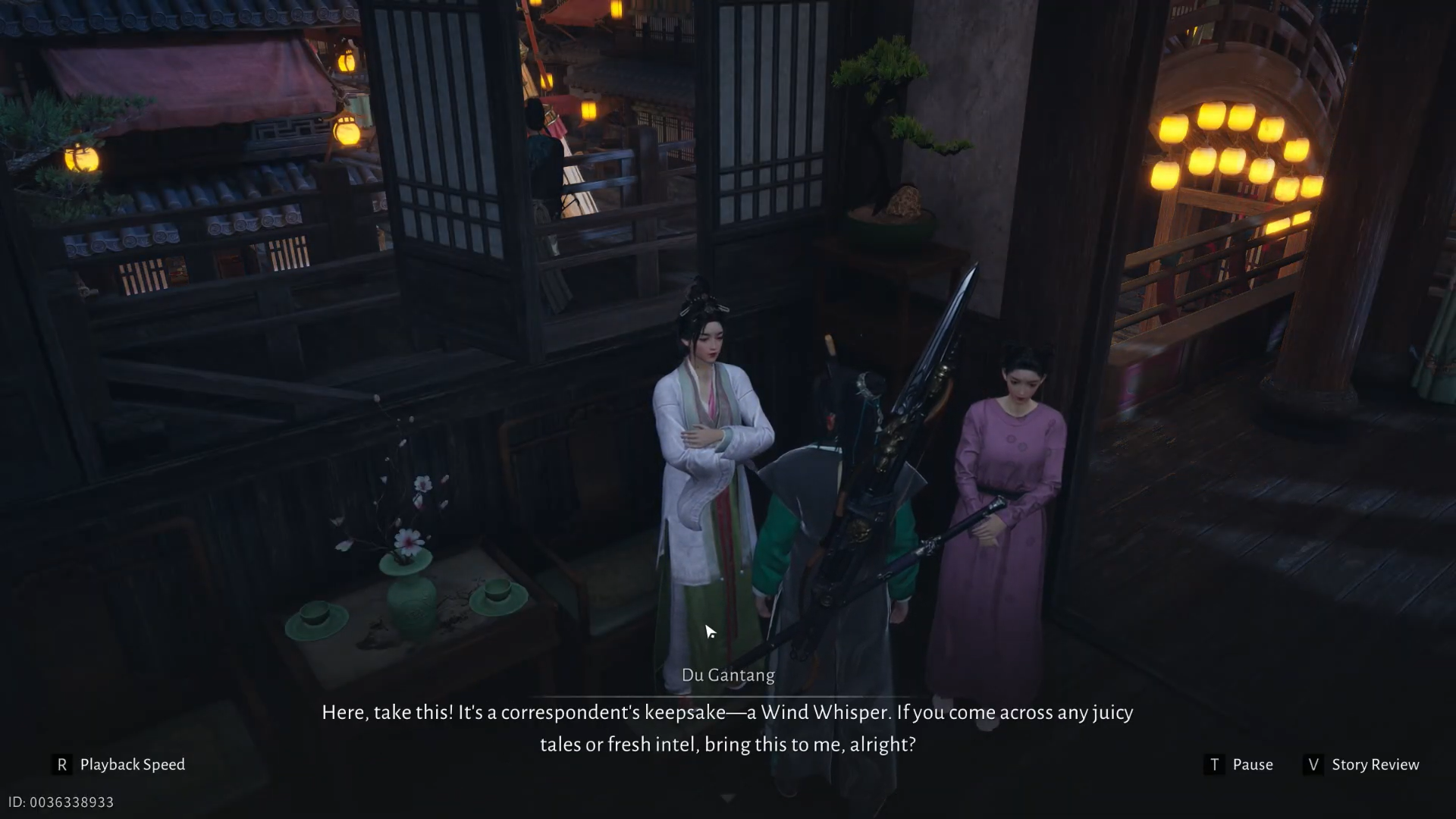
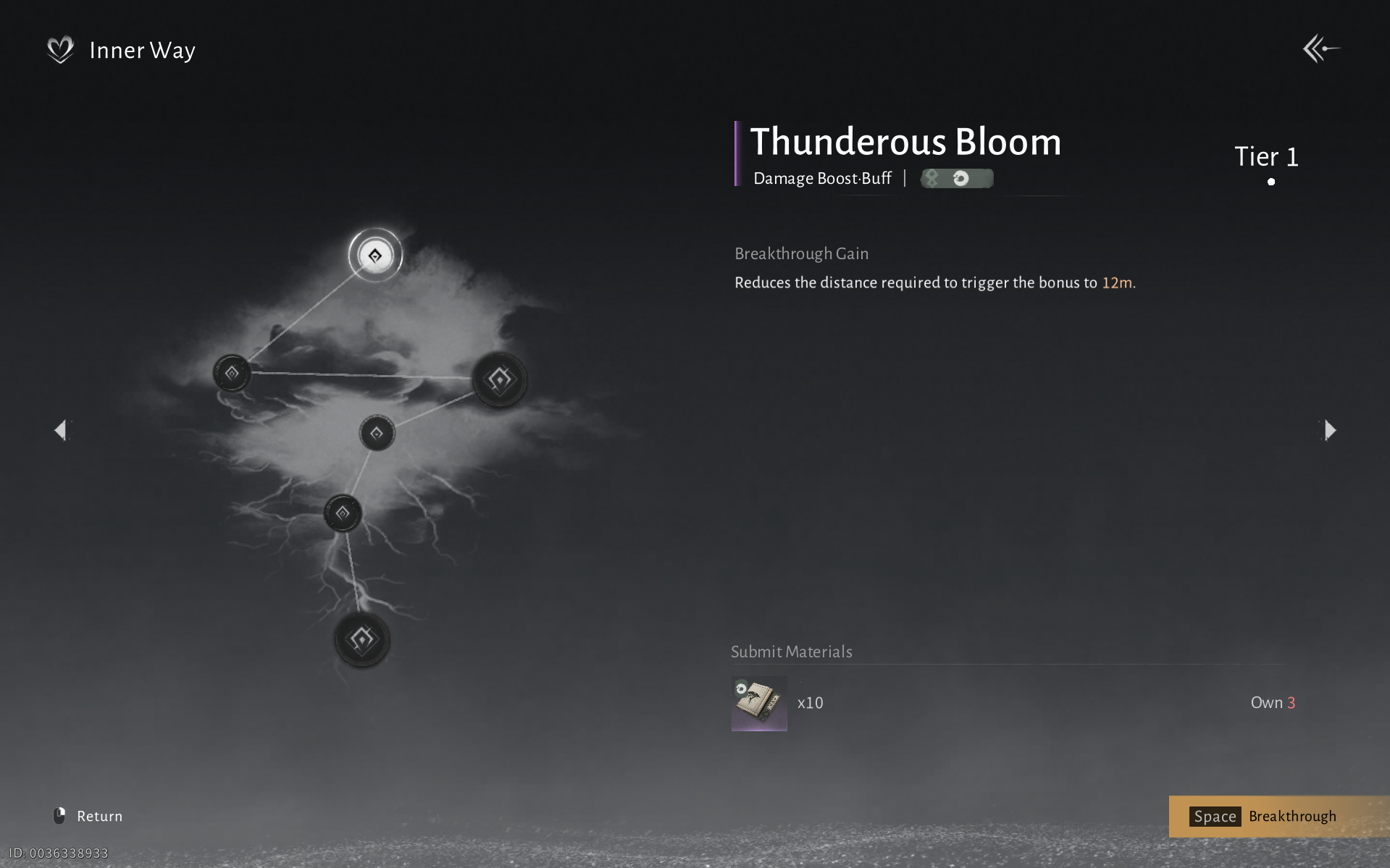

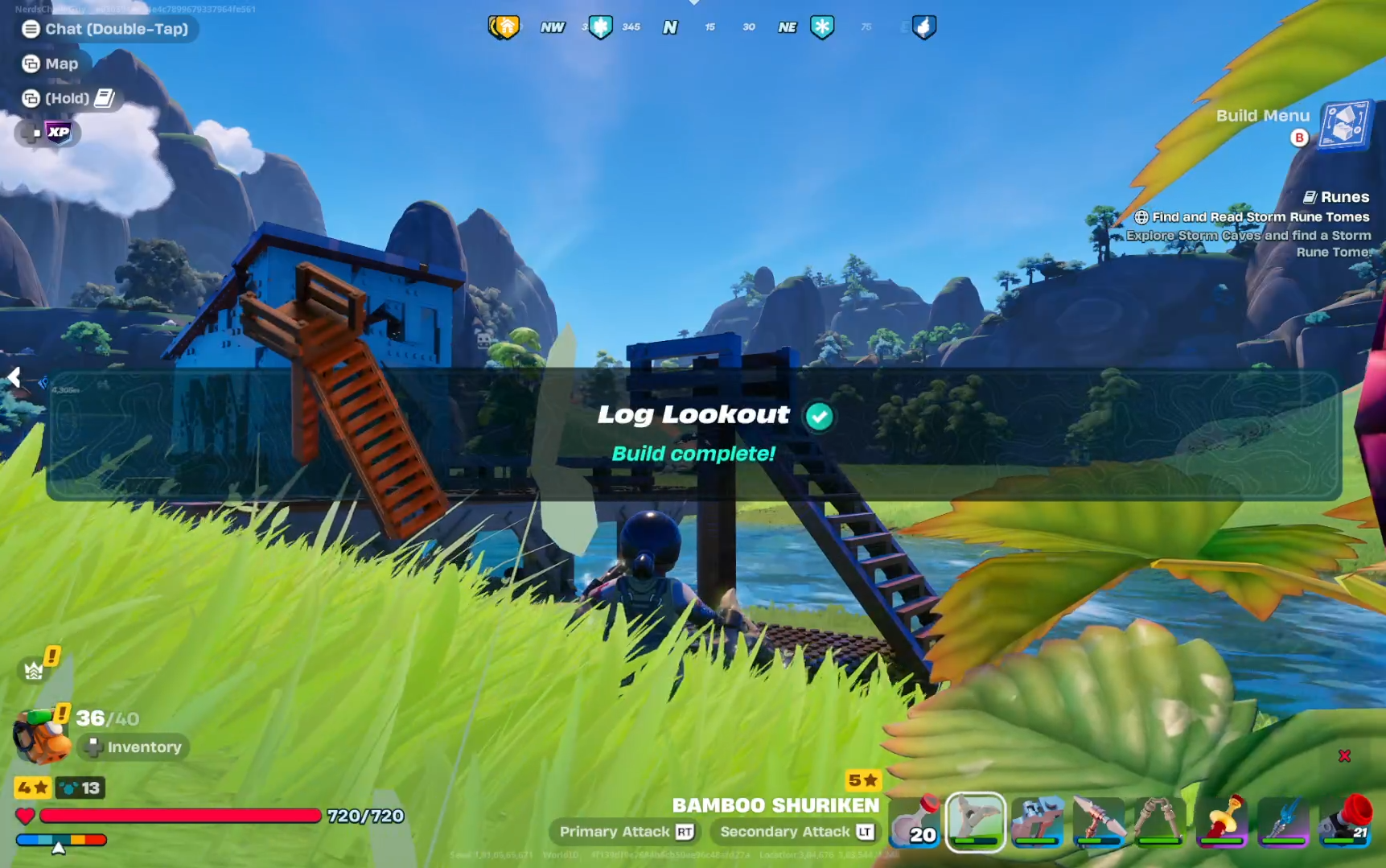

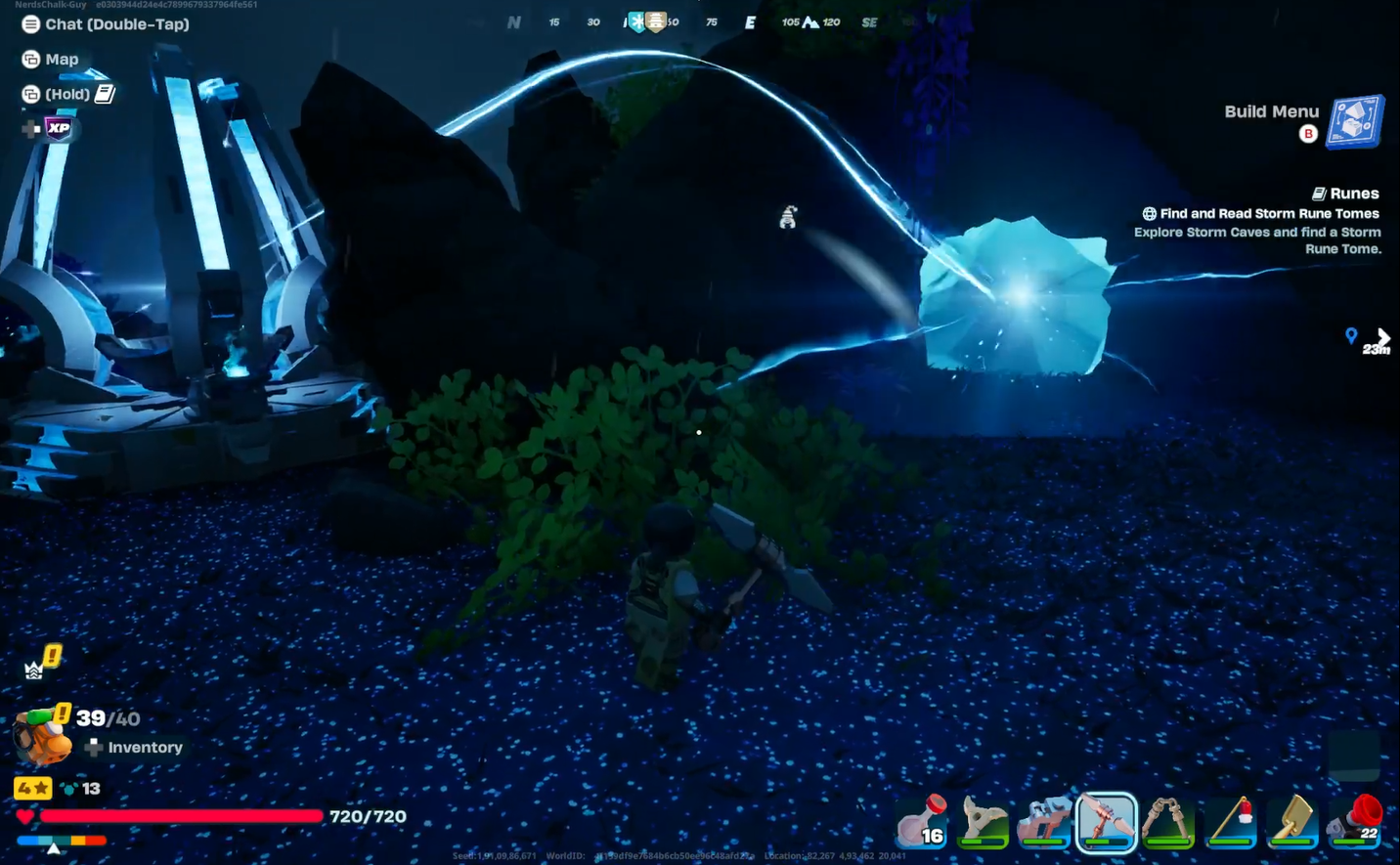
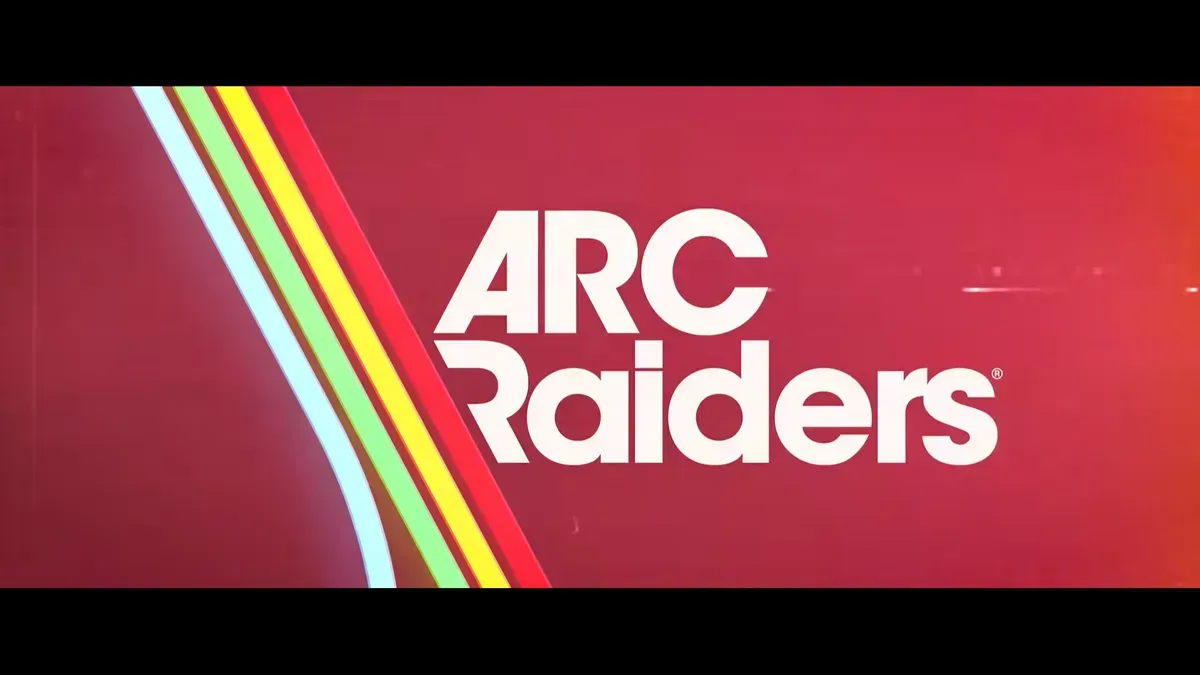
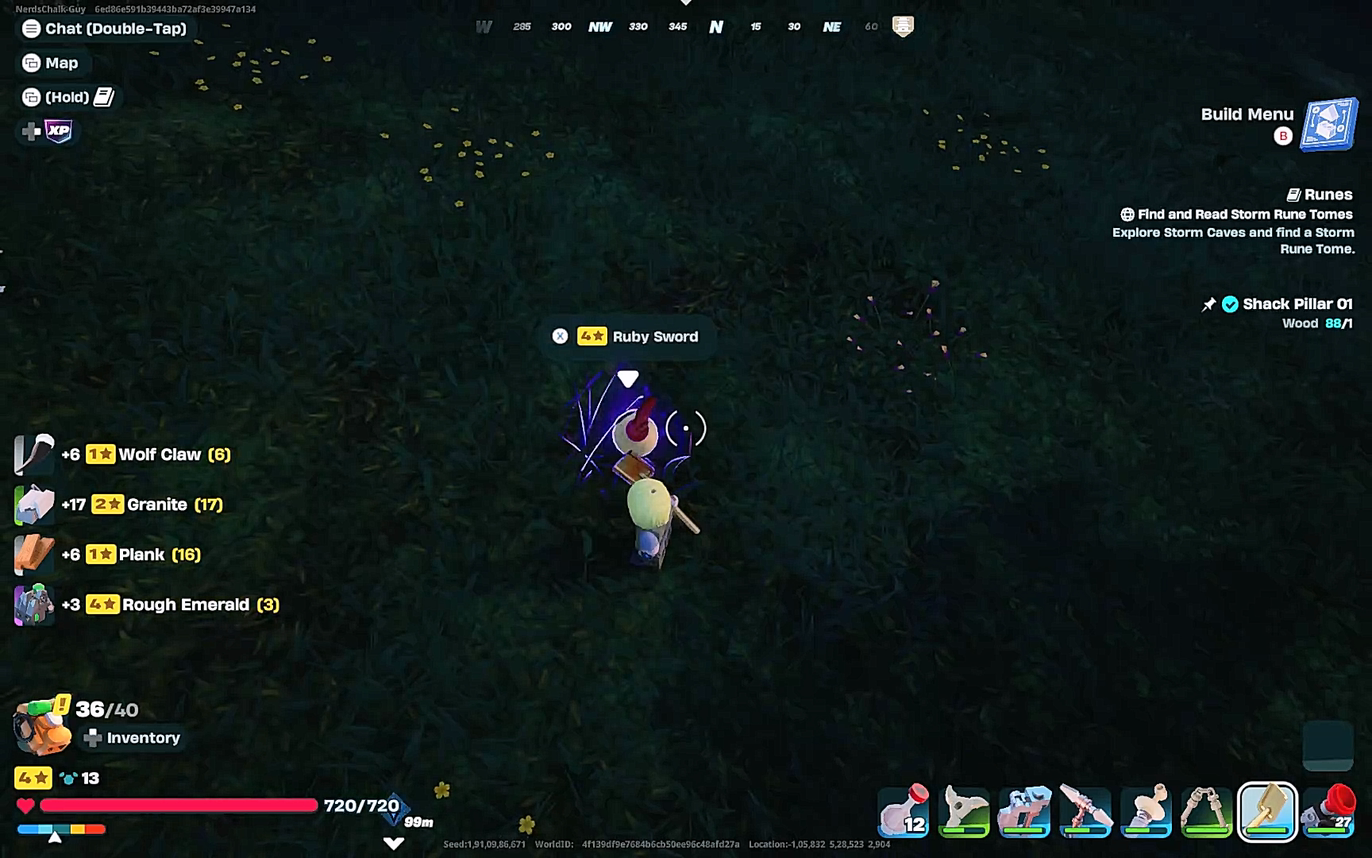
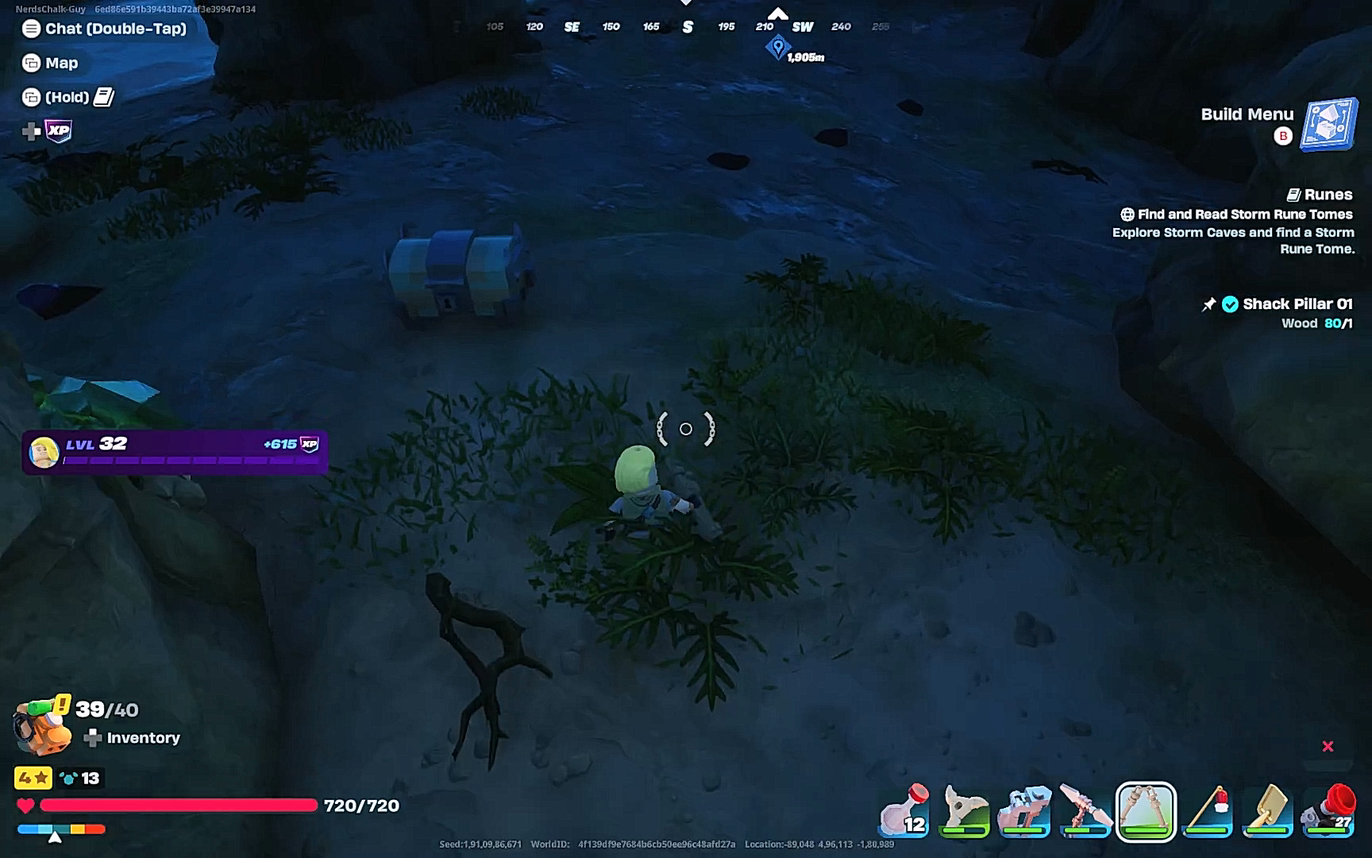
Discussion